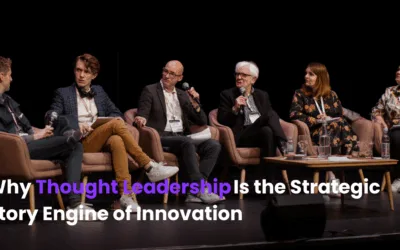It’s easy to think of disruption as a singular event – like a major change in business, a takeover, an unexpected technology transformation or a new competitor that enters the market. But if we have learned anything from the COVID-19 pandemic it’s that disruption is never “once and done”.
Over the last year we have all fought multiple fires on multiple fronts. There have been legislative changes and enforced lockdowns. There have been changes in the way we work, who we work with and how we do so. There have been changes in our banking, finance and taxation systems. We have seen the mental health of our employees, leadership and customers come to the fore. And we have seen new technology rollout in record time – not because we wanted it – but because we HAD to have it.
In fact, there has been so much change on an individual level, we’ve hardly raised an eyebrow at the changes taking place in our workplaces. And yet, the change there has been transformative.
Many are seeing these changes as “complete”, with some employees now returning to the workplace in ever increasing numbers. This means that we are now coming to grips with “hybrid” workforces and tools – technologies and processes that allow our teams to work together whether they are co-located or not. And while there is a novelty to this – the truth is that this flexibility is now table stakes for those organisations competing for the best talent.
This means that disruption should not be considered as an “event” but as an ongoing process. A process that leading organisations will incorporate into their DNA.
In fact, we consider this capacity to consume disruption as a way of working a new strategic advantage. For it is those organisations this adaptability into their people, processes and tools that will be best placed to succeed in the mid and longer term.
Four lenses for a disruptive future
How might we understand the future and prioritise our activities so that they build and sustain our competitive advantage? By adapting our “Problems Worth Solving” technique, you can work with your teams to define and navigate your path ahead.
Here is how it works.
Start by reframing the key themes impacting your organisation. Consider your patterns of sustainability and growth. Think through what you are well-known for and why. And then select 3-4 themes through which you can impact your strategic agenda.
Lens 1 – Raising standards: Work through the standards in your industry that you can work to enhance. Think about the value that is created with the enhancement and how it can take your market position to a new level. Consider especially your direct competitors and aim for features, functions, services, design or technology that significantly differentiates you.
Lens 2 – Reducing standards: This is the opposite of the first lens. When you are reducing your efforts, you are seeking to extract unproductive activities from your business. Are there activities that you and your competitors undertake simply because they are standards? Do they create value? If not, work through what it means to reduce your efforts here.
Lens 3 – Creation: What is the “thing” that you’ve always wanted to create, but have never been able to? Look at your secret wish list and share it with your team. It could be the next best thing.
Lens 4 – Elimination: There’s always something in your business that you feel is a complete waste. Here’s your chance to eliminate it. Talk it through with your team.
Using these four lenses provides you with a consistent, determined focus for your future facing activities and strategic development. And remember, the more you do this, the better you will get at aligning your business with a pathway to the future.



